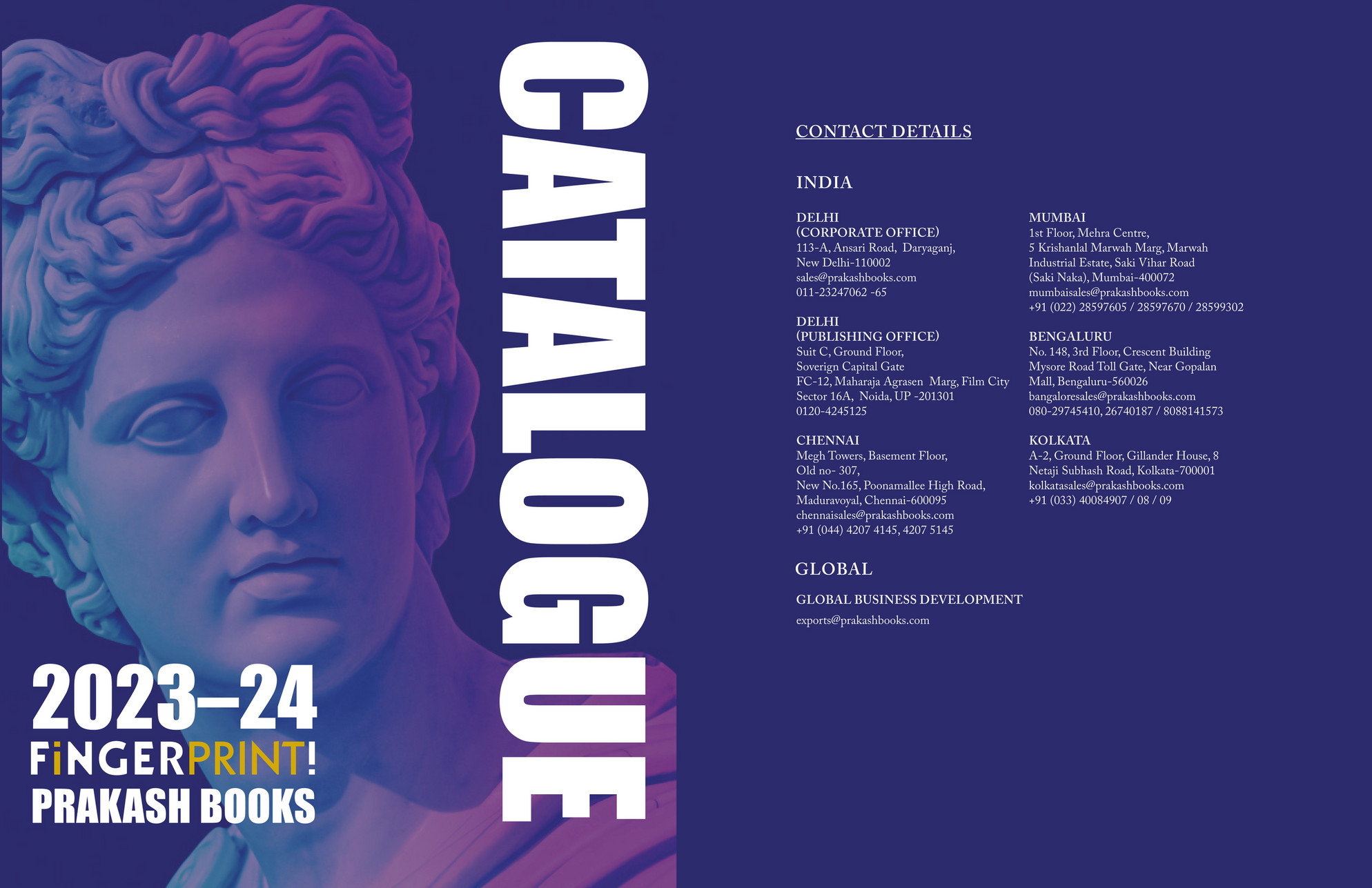Have you ever heard of the concept "four girl one fingerprint"? If you're scratching your head right now, don't worry, you're not alone. This phrase has been making waves across social media, forums, and even scientific discussions. It’s a fascinating topic that dives deep into the uniqueness of human identity, and today, we’re going to unravel its mysteries together. So, buckle up, because this is going to be a wild ride!
At first glance, the idea might sound like something outta a sci-fi movie, but trust me, it's rooted in real science. The concept revolves around the question: Can four different girls share the same fingerprint? Spoiler alert—it’s super rare, but technically possible. As we dig deeper, you’ll realize how intricate and mind-blowing our biological makeup truly is.
Why does this matter? Well, in a world where identity theft and biometric security are becoming more relevant, understanding fingerprints and their uniqueness is crucial. This article isn’t just about curiosity; it’s about knowledge that could impact how we view personal identity in the future. So, let’s get started, shall we?
Read also:Cambro Tessa Tasty The Ultimate Kitchen Companion For Your Culinary Adventures
Table of Contents:
- What is Four Girl One Fingerprint?
- History of Fingerprinting
- How Unique Are Fingerprints?
- Scientific Explanation
- Real-Life Examples
- Biometric Security Implications
- Can Four Girls Really Share a Print?
- Myths vs Facts
- Future of Fingerprint Technology
- Conclusion and Next Steps
What is Four Girl One Fingerprint?
Let’s break it down, shall we? The phrase "four girl one fingerprint" essentially asks whether it’s possible for four different individuals—specifically, girls—to possess identical fingerprints. Now, before we freak out, it’s worth noting that fingerprints are generally considered unique to each person. But, as with anything in life, there’s always a twist.
Imagine this scenario: Four sisters, born to the same parents, all sharing eerily similar fingerprints. Sounds crazy, right? But science has shown that while identical fingerprints are astronomically unlikely, they’re not entirely impossible. It’s all about the odds and the complexity of human biology.
Why Does This Matter?
Here’s the deal: Fingerprints play a critical role in modern society. From unlocking our phones to solving crimes, these tiny patterns on our fingertips are like our personal signature. Understanding their uniqueness—or lack thereof—can have massive implications for everything from law enforcement to personal privacy.
And let’s not forget the ethical questions that arise. If fingerprints aren’t 100% unique, what does that mean for biometric systems? Could someone fake your fingerprint and steal your identity? These are the kinds of questions we’ll explore as we dive deeper into this topic.
History of Fingerprinting
To truly grasp the significance of "four girl one fingerprint," we need to take a trip back in time. Fingerprinting isn’t a new concept—it’s been around for centuries. In fact, ancient civilizations like the Babylonians and Chinese used fingerprints as a form of signature long before we had smartphones or databases.
Read also:Behind The Scenes Of Bebahan Onlyfans A Deep Dive Into The World Of Digital Content Creation
Fast forward to the late 19th century, and you’ll find Sir Francis Galton, a British scientist, laying the groundwork for modern fingerprint analysis. He was the first to propose that fingerprints were unique to each individual, a theory that’s still widely accepted today.
Key Milestones in Fingerprint History
- 1858: Sir William Herschel begins using fingerprints for contracts in India.
- 1892: Juan Vucetich creates the first fingerprint classification system in Argentina.
- 1901: The UK establishes its first fingerprint bureau.
- 2000s: Biometric technology becomes mainstream, with fingerprints being used for everything from border control to mobile devices.
As you can see, fingerprinting has come a long way. But the question remains: How unique are these little patterns, really?
How Unique Are Fingerprints?
Here’s where things get interesting. While fingerprints are generally considered unique, the science behind them is a bit more nuanced. Let’s break it down:
Fingerprints are formed during fetal development, specifically between weeks 10 and 24 of pregnancy. They’re influenced by a combination of genetic and environmental factors, including:
- Genetic makeup
- Position in the womb
- Temperature and pressure
- Amniotic fluid composition
Given all these variables, it’s no wonder that fingerprints are so diverse. However, there are cases where identical twins—yes, twins—can have strikingly similar prints. This is because they share the same DNA, though slight differences in their environment during development can still create variations.
What About Four Girls?
Now, let’s circle back to our original question. If identical twins can have similar fingerprints, could four girls share the same print? The answer is… it’s theoretically possible, but incredibly unlikely. Think about it: The odds of four unrelated individuals having identical fingerprints are astronomical. We’re talking trillions to one.
Scientific Explanation
So, how exactly do fingerprints form, and why are they so unique? To understand this, we need to delve into the science of dermatoglyphics—the study of skin patterns. Fingerprints are made up of ridges and valleys, which form intricate patterns known as arches, loops, and whorls.
These patterns are created by the interaction between the epidermis (outer layer of skin) and dermis (inner layer of skin) during fetal development. Any slight variation in this process can result in a completely different fingerprint.
Factors Influencing Fingerprint Formation
- Genetic mutations
- Maternal diet during pregnancy
- Exposure to external stimuli
- Random cellular interactions
As you can see, there are countless factors at play. This is why even identical twins, who share the same DNA, can have slightly different fingerprints. And when it comes to four unrelated girls? Well, the chances of them sharing the exact same print are so slim, it’s practically impossible.
Real-Life Examples
Now, let’s talk about some real-life cases that highlight the complexity of fingerprints. One of the most famous examples involves a woman named Shirley McKie, who was wrongfully accused of a crime based on a supposed fingerprint match. The case eventually led to significant changes in how fingerprint evidence is handled in court.
Another fascinating case involves identical twins who were mistakenly identified as each other due to their strikingly similar prints. While this doesn’t directly relate to "four girl one fingerprint," it does underscore the challenges of relying solely on biometric data for identification.
Lessons Learned
These cases highlight the importance of understanding the limitations of fingerprint technology. While it’s an incredibly powerful tool, it’s not foolproof. This is why experts recommend using multiple forms of identification, especially in high-stakes situations.
Biometric Security Implications
Now that we’ve explored the science behind fingerprints, let’s talk about their role in modern security systems. From unlocking our phones to accessing sensitive data, biometric technology is everywhere. But what happens if someone fakes your fingerprint? Or, worse yet, if four girls share the same print?
This is where things get tricky. While biometric systems are generally secure, they’re not immune to hacking or spoofing. In fact, researchers have demonstrated ways to recreate fingerprints using 3D printing and other advanced techniques. This raises serious concerns about the future of biometric security.
Steps to Enhance Security
- Use multi-factor authentication whenever possible.
- Stay informed about the latest advancements in biometric technology.
- Advocate for stronger regulations and standards in the industry.
By taking these steps, we can help ensure that biometric systems remain a safe and reliable form of identification.
Can Four Girls Really Share a Print?
Let’s revisit our original question: Can four girls really share the same fingerprint? The answer, as we’ve discussed, is technically yes—but it’s so unlikely that it’s practically impossible. The odds are so astronomically low that it’s not worth losing sleep over.
That said, the concept of "four girl one fingerprint" serves as a reminder of just how complex and fascinating human biology truly is. It challenges us to rethink what we know about identity and individuality, and encourages us to stay curious about the world around us.
Myths vs Facts
Before we wrap up, let’s debunk some common myths about fingerprints:
- Myth: Identical twins always have the same fingerprints.
Fact: While their prints may be similar, they’re rarely identical. - Myth: Fingerprints can’t be altered.
Fact: Burns, injuries, and even certain medical conditions can change the appearance of fingerprints. - Myth: Fingerprints are 100% unique.
Fact: While highly unlikely, it’s theoretically possible for two people to have identical prints.
By separating fact from fiction, we can better understand the true nature of fingerprints and their role in our lives.
Future of Fingerprint Technology
As technology continues to evolve, so too will our understanding of fingerprints. Researchers are currently exploring new ways to enhance biometric systems, including:
- Advanced imaging techniques
- AI-driven analysis
- Multi-modal biometrics
These advancements promise to make biometric systems more secure and reliable than ever before. However, they also raise important ethical questions about privacy and data protection. It’s a balancing act that we’ll need to navigate carefully as we move forward.
Conclusion and Next Steps
And there you have it—the mystery of "four girl one fingerprint" demystified. While the concept may sound far-fetched, it serves as a reminder of the incredible complexity of human biology. Whether you’re a science enthusiast, a tech geek, or just someone curious about the world, this topic is sure to leave you pondering the wonders of individuality.
So, what’s next? Here are a few suggestions:
- Share this article with your friends and family to spark a conversation.
- Leave a comment below with your thoughts on the topic.
- Explore other articles on our site to learn more about biometrics and identity.
Remember, knowledge is power. The more we understand about the world around us, the better equipped we are to navigate the challenges of the future. Thanks for joining me on this journey, and I’ll see you in the next one!



